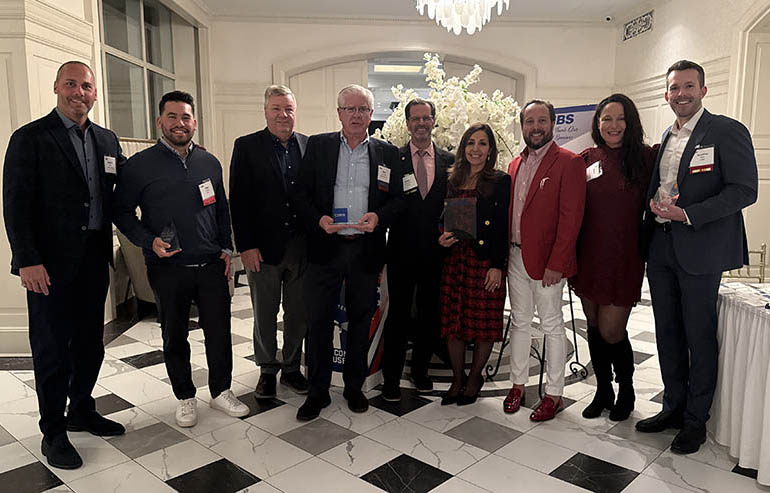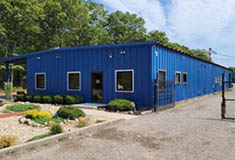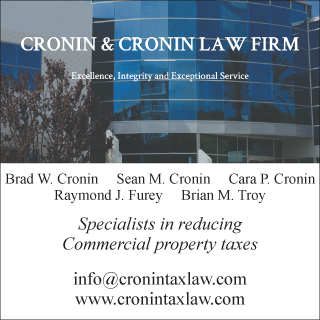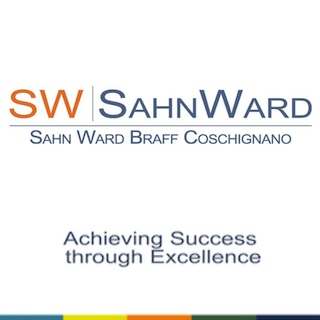News:
Long Island
Posted: September 18, 2009
Implementing a sustainability plan for your community to meet the needs of the present
The planning department at H2M is currently developing one of the first sustainability plans in the State of New Jersey for the Borough of Lodi. The underlying objective of this ground-breaking plan is to identify ways the community can meet the needs of the present without compromising the ability of future generations to meet their own needs.
H2M, a multi-disciplined Engineering, Architectural, Planning, and Environmental service firm, has proposed Seven Strategies for a Sustainable Future in Lodi that covers a diverse range of issues including: Sustainable Land Uses; Green Buildings and Energy Efficient Site Design; Efficient Circulation; Protected Environment; Equitable Community; Responsible People and Good Government. These Seven Strategies can be implemented in any municipality, city, town or county.
The fundamental principals guiding the sustainability efforts are derived from two definitions of sustainability. The first is from the World Commission on Environment and Development, the Brundtland Commission, which defined Sustainable Development as "meeting the needs of the present without compromising the ability of future generations to meet their own needs."
The second definition is from the New Jersey's Municipal Land Use Law (MLUL), NJSA 40:55D 28(b)(16), which states that: "A municipal master plan may include: Green buildings an environmental sustainability plan element which shall provide for, encourage and promote the efficient use of natural resources and the installation and usage of renewal energy systems; consider the impact of buildings on the local, regional and global environment; allow ecosystems to function naturally; conserve and reuse water; treat stormwater onsite; and optimize climate conditions through site orientation and design.
One of the first steps that need to be taken to ensure successful implementation of a sustainability plan is to identify the responsible parties for each goal and its corresponding actions. Therefore, one of the most important elements of this plan is public involvement. The entire community should be involved in the implementation of this plan, and in the sustainability efforts of the municipality. Many of the actions in a sustainability plan might already be taking place. The community should assess what is already going on and find ways to build upon the community's assets to move the plan forward.
An important and unique component of the Sustainability Plan is that it includes detailed targets and indicators that can be used by the municipality to measure their success in achieving the various sustainability goals. The plan also includes an extensive list of action items that can be taken in the community to become more sustainable. Examples include: community gardens, multi-modal transportation, a mixed-use downtown with commercial uses on the ground floor and living or office space on the floors above, utilizing alternative forms of energy, providing access to locally grown foods, and replacing grass lawns with native plants and flowers.
This plan is not intended to be static. It is very important to revisit this plan on an annual basis. The plan should be updated to reflect the actions that have been undertaken and reevaluated to determine if the targets have been accomplished, and if the goals have been met.
The concept of "sustainable community planning" is fairly new in the United States. Since 2007, several programs and offices have been created to help guide state and local governments, as well as individuals, on how to become sustainable.
Over time, the goal is for all groups, including municipal departments and committees, schools, civic organizations, businesses, and residents to incorporate the goals and related actions detailed in this plan into their every day operations and activities. This plan should assist the local government with the creation of programs and public policy, and provide the people who reside and work in the area with a resource for how to live and work more sustainably.
For further information about H2M please visit the website at www.H2M.com.
Diana Saltel, PP, MCIP, AICP, is department manager land use planning and Sasha Freedman is project manager at H2M, Parsippany, N.J. Michael Pessolano, PP, AICP, senior planner at H2M also contributed to this article.
Tags:
Long Island
MORE FROM Long Island
Suffolk County IDA supports expansion of A&Z Pharmaceuticals
Hauppauge, NY The Suffolk County Industrial Development Agency (IDA) has granted preliminary approval of a financial incentive package that will assist a manufacturer in expanding its business by manufacturing more prescription (Rx) pharmaceuticals in addition to its existing over-the-counter

Quick Hits
Columns and Thought Leadership

The evolving relationship of environmental consultants and the lending community - by Chuck Merritt
When Environmental Site Assessments (ESA) were first part of commercial real estate risk management, it was the lenders driving this requirement. When a borrower wanted a loan on a property, banks would utilize a list of “Approved Consultants” to order the report on both refinances and purchases.









.jpg)